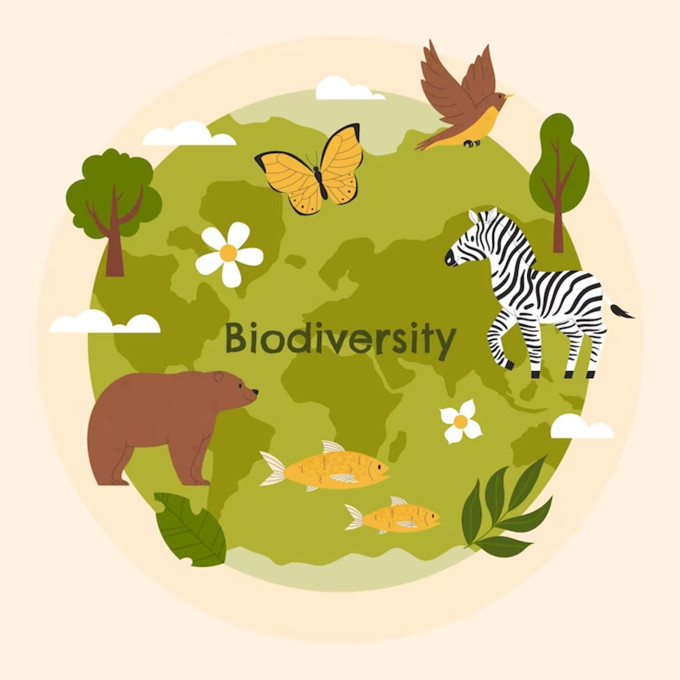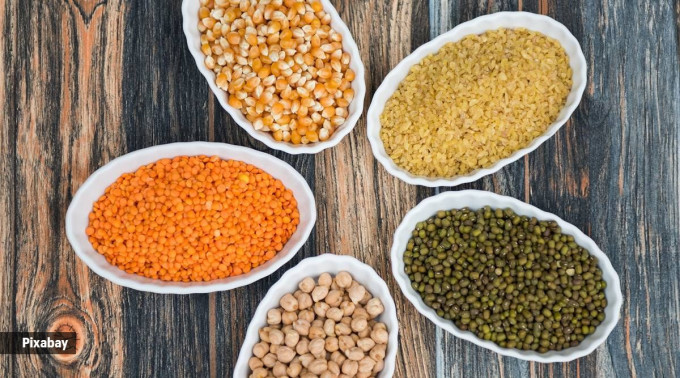Your rajma or idli is damaging biodiversity, says a study; know how
Scientists have assessed the “biodiversity footprints” of 151 popular dishes from around the globe, and come up with a surprising list of offenders: India’s beloved idli, chana masala, rajma, and chicken jalfrezi all feature among the top 25 for environmental impact.
Topping the list is “lechazo,” a Spanish roast lamb dish, followed by four Brazilian meat-centric offerings. The researchers placed idli at sixth place and rajma curry at seventh.

This study, published in the open-access journal PLOS One by Elissa Cheng and colleagues at the University of Singapore, analysed the impact of these 151 dishes, the top 25 based on their gross domestic product in their home countries.
Unsurprisingly, vegan and vegetarian dishes generally had lower biodiversity footprints than their meaty counterparts. However, the researchers were surprised to discover that even rice and legume-based dishes scored highly.
What is a biodiversity footprint?
 Similar to a carbon footprint, it’s calculated based on your activities and translated into a standardised unit, like hectares of biodiversity loss. (Source: Freepik)
Similar to a carbon footprint, it’s calculated based on your activities and translated into a standardised unit, like hectares of biodiversity loss. (Source: Freepik)
A biodiversity footprint measures the impact of your activities, or those of an organization or product, on the diversity of life on Earth. It essentially goes beyond simply calculating your carbon footprint and considers the broader ecological consequences of your actions.
What it measures
- Land use: How much land and its resources do you use directly or indirectly? This includes everything from the land used to grow your food to the habitats impacted by your transportation choices.
- Climate change: Greenhouse gas emissions contribute to climate change, which disrupts ecosystems and threatens biodiversity.
- Water use: How much water do you extract and pollute? This can have a significant impact on freshwater ecosystems and the species that rely on them.
- Pollution: Chemicals, fertilizers, and other pollutants can harm ecosystems and species diversity.
How it works
Similar to a carbon footprint, it’s calculated based on your activities and translated into a standardised unit, like hectares of biodiversity loss. There are different methodologies and tools available, each with its own strengths and limitations.
How can idlis or rajma have a higher footprint?
Previous studies have highlighted the environmental downsides of animal agriculture. The high footprints of rice and legumes in this study are likely due to the land conversion required for their cultivation.
 Worryingly, the land used for cultivating rice and legumes often overlaps with historically biodiverse areas. (Source: Pixabay)
Worryingly, the land used for cultivating rice and legumes often overlaps with historically biodiverse areas. (Source: Pixabay)
India, being a major producer of legumes like chickpeas and kidney beans, is also a megadiverse zone, boasting an estimated 7-8% of the world’s known species, according to the Convention on Biological Diversity. Worryingly, the land used for cultivating rice and legumes often overlaps with historically biodiverse areas.
The study awarded the lowest biodiversity footprint to French fries, followed by baguettes, tomato sauce, and popcorn. Within the Indian context, aloo paratha ranked 96th, dosa 103rd, and the chickpea paste-coated bonda 109th.
This study is a reminder of the hidden environmental costs associated with our food choices. While the familiar flavours of idli and rajma remain popular, understanding their broader impact can help us make more informed decisions for a sustainable future.
Disclaimer: The copyright of this article belongs to the original author. Reposting this article is solely for the purpose of information dissemination and does not constitute any investment advice. If there is any infringement, please contact us immediately. We will make corrections or deletions as necessary. Thank you.





